Juknokwon: Korea’s Most Popular Bamboo Forest In Damyang
Damyang, Korea’s claim to fame is a massive bamboo forest named Juknokwon (죽녹원). It is the most famous bamboo forest in South Korea. While this is the most famous and was even named one of the top things to do in Korea in 2019 by the Korean Tourism Organization, there is also the stunning Taehwagang River Bamboo Forest in Ulsan which features a huge number of brilliantly colored flowers in the spring and summer and one of the best kept secrets on Geoje Island, the Bamboo Theme Park.
Bamboo forests dot the southern half of the country, but if you only have time to visit one, Juknokwon Bamboo Forest is the one to see. If you’re looking to get out of Seoul and find a relaxing day trip or weekend away, definitely check out Damyang. This is just one thing to do in Damyang and a pretty great thing at that. Here is your guide to Damyang’s Juknokwon Bamboo Forest.
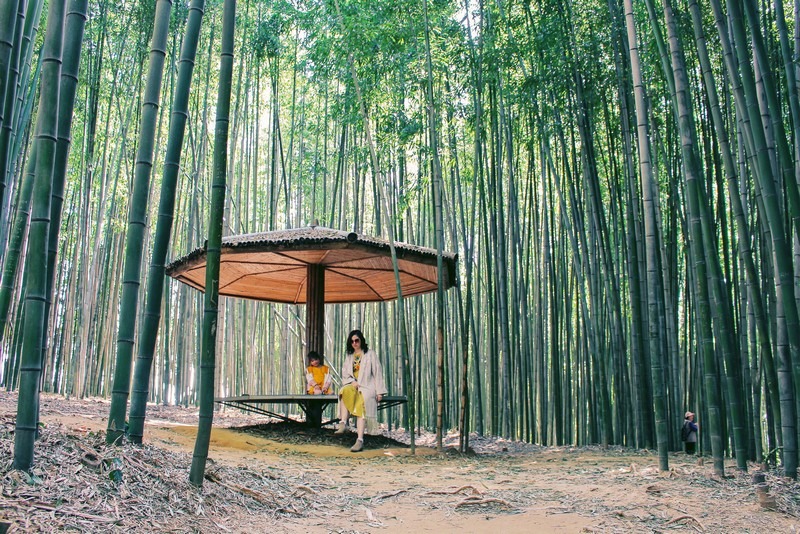
Here is what you need to know:
(This post contains affiliate links, which means I receive a certain percentage of a sale if you purchase after clicking at no cost to you. Thank you for your support.)
How To Get There
Address: 119 Jungnogwon-ro, Damyang-eup, Damyang-gun, Jeollanam-do (전라남도 담양군 담양읍 죽녹원로 119)
By Car: It takes approximately 3.5 hours to drive from Seoul to Juknokwon Bamboo Forest in Damyang depending on traffic.
By Train: Take a train to Gwangju Station and in front of the station you’ll have to board bus #311 which will drop you right in front of Juknokwon entrance.
By Bus: From Central City Bus Terminal, you can board a bus at 8:10am, 11:10am, 2:10pm, or 5:10pm to Damyang Bus Terminal. Outside of the terminal, you’ll want to catch bus #311 to Juknokwon. OR from the terminal, take a taxi. It’s less than 10 minutes and should cost around W4,000.
NOTE: There is also a city called Danyang in Chungcheongbuk-do. Very similar name but an “N” instead of an “M” so don’t hop on a bus to the wrong location. Make sure you’re clear when purchasing tickets that you’re going to Damyang in Jeollanam-do.
Basic Info
Hours: November – February: 9:00am ~ 6:00pm; March – October: 9:00am ~ 7:00pm
Days: Open year round.
Admission: Adults: W3,000; Middle & High School Students: W1,500; Elementary Students: W1,000; Free entry for Damyang residents, senior citizens, persons with disabilities, and children under 6 years old.
Dogs: Small dogs are permitted but large dogs are not.
Amenities: Cafes, restrooms.
*Bicycles, kick boards, and other recreational items with wheels are not permitted on the premises.
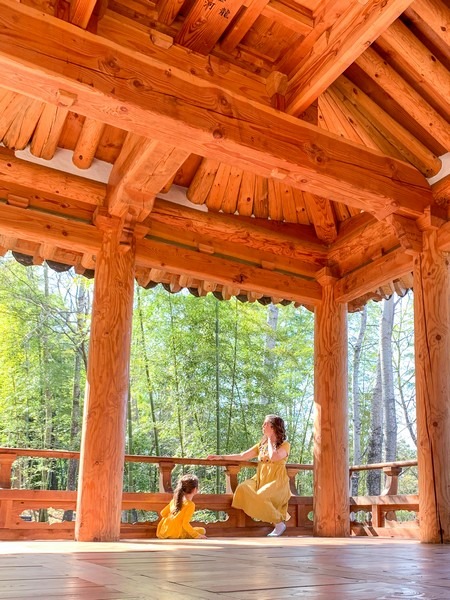

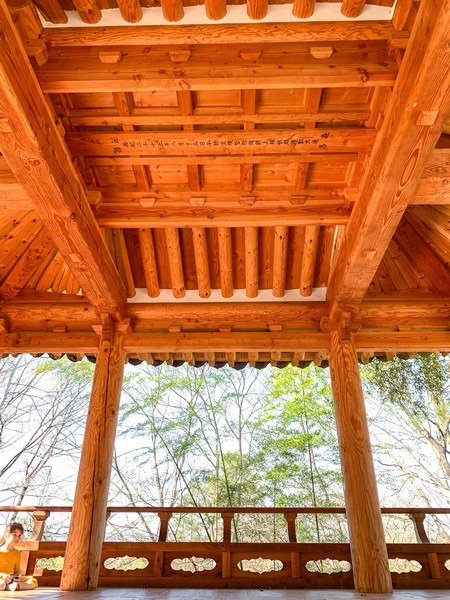
When To Visit
This bamboo forest in Korea is open year round but hosts a festival each spring in Korea and one of the great things about bamboo is that it’s green for most of the year too. Just imagine how beautiful this park would be with a white blanket of snow on the paths and lush green all around.
In the spring, the forest is cool and it’s a breath of fresh air before all of the flowers and everything has really gotten lush, this forest is already lush and gorgeous. If you just can’t wait for summer, head here to get your fill of green. In the summer, it can be pretty humid and hot but walk beneath the canvas of bamboo stalks and feel cooled in the shade. This is a great stop year round… clearly. Visit in the autumn and this might be the last green you’ll see for the year.
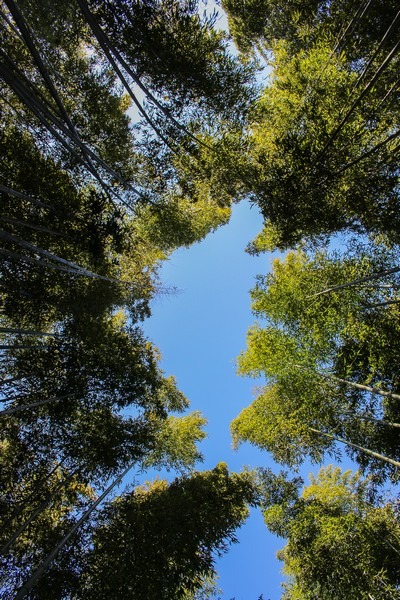
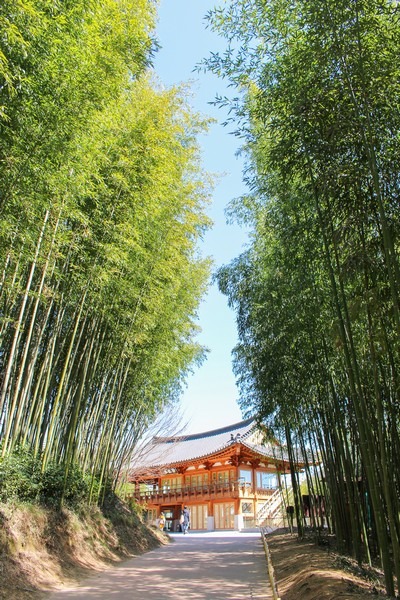
What To Expect
Eight Paths
Juknokwon is a cultivated bamboo forest that is 310,000 square meters and was opened in 2005. It is one of the northernmost bamboo forests on the peninsula. There are 8 trails that you can follow and they intertwine and weave this way and that taking you past relaxing bamboo hammocks, a children’s playground, chairs and loungers to stare up into the vast bamboo ceiling of the forest and take you to art installations, and to a traditional collection of buildings in the back as well.
In general, the paths are easy to walk and don’t have much of an incline until you get to the back of the park where the paths lead down to the traditional buildings. Remember if you go down, you will have to come back up again. This is the only steep part and definitely had our hearts racing though it didn’t take more than 10 minutes to get back up.
Whether you are following the map or not, you can’t really get lost in this forest. You’ll end up at the back and then loop around to the front again. There are information boards posted throughout the forest which direct you around easily.
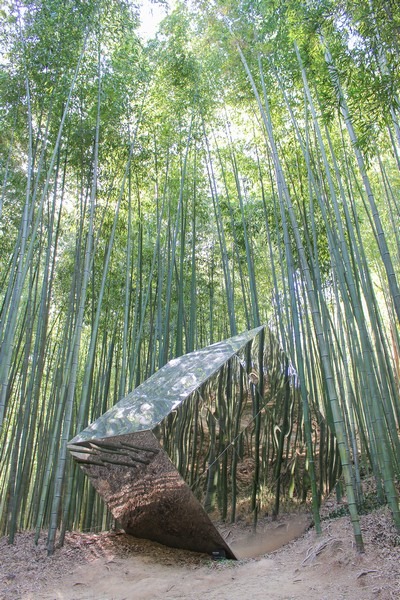
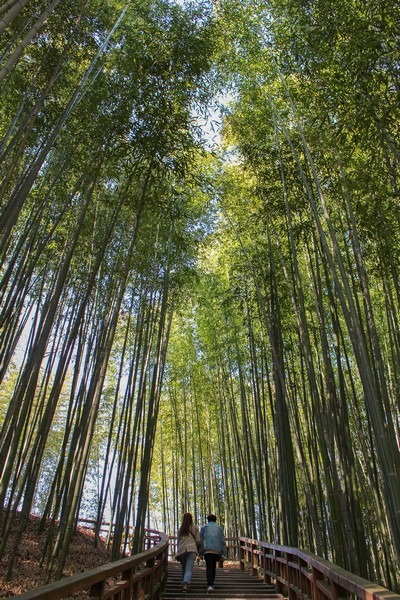
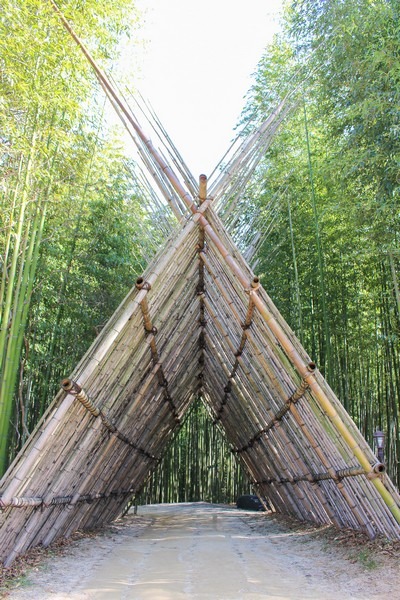
Unsudaetong Road (Good Luck Road): From the main entrance, this is the first path that you’ll start on and leads to the Bonghwangru Observatory. On this road, it is said that if you can toss a coin into the Unsudaetong, or Box of Good Charm, you’ll have 10 years good luck. There are rest areas dotted along this path and this is where the Korean drama Iljimae (Korea’s version of Robin Hood) was filmed. Can you spot where? This path next leads to the Eco Exhibition Hall which features art by Lee Lee Nam which I’ll talk about in a bit.
Meditation Road: This road is really short and is really just a two minute cut through from one part of Unsudaetong Road to another part of the road bypassing the entrance of Lover’s Lane and instead heading more directly to Seonginsan Trail.
Old Friend’s Trail: This path actually cuts away from Unsudaetong near the beginning and then catches up with it again. This path means you don’t see the observatory. It’s said to be the path to take if you visit with a friend.
Lover’s Lane: We followed this path that also runs by the children’s playground, the Jukrim Waterfall, and some lovely resting options too. The playground is set down a little way so that the noise of children having fun definitely doesn’t impede other passerby of the couple kind on Lover’s Lane. The waterfall isn’t huge, so don’t expect something dramatic but it is said that the bamboo trees and waterfall create anions together which will make you look even more beautiful in your lover’s eyes if you visit this place.
Philosopher’s Way: Lover’s Lane eventually ends in Philosopher’s Road where you can go down to the traditional village, or stay up on top and keep circling in the bamboo forest. We stopped at a lovely rest area here and then headed down to the village for a cafe break.
Old Memories Byway: If you want to bypass the children’s playground and waterfall, you can take this path to cut through. It’s where you visit with an old friend and talk about good old days and reminisce… so they say.
Seonginsan Trail: People from Damyang believe that Seonginsan means benevolence, righteousness, propriety, wisdom and sincerity, as told by Confucious. While climbing here, it is suggested that you talk about the five virtues a human should have. We didn’t take this path because it was a bit steeper than the Philosopher’s Road which was next to it and we’d just come up the steep incline to get back to the bamboo forest from the traditional village.
Scholar’s Road: Meant to give strength and inspiration to students. This was one of only two paths we didn’t take as we circled through the forest.
Gorgeous Pavilions
There are gorgeous pavilions to be found throughout the park. They vary in size and shape with some being square while others are round. They offer beautiful and relaxing places to sit and commune with nature while relaxing. Remember that you should take your shoes off to enter them though.
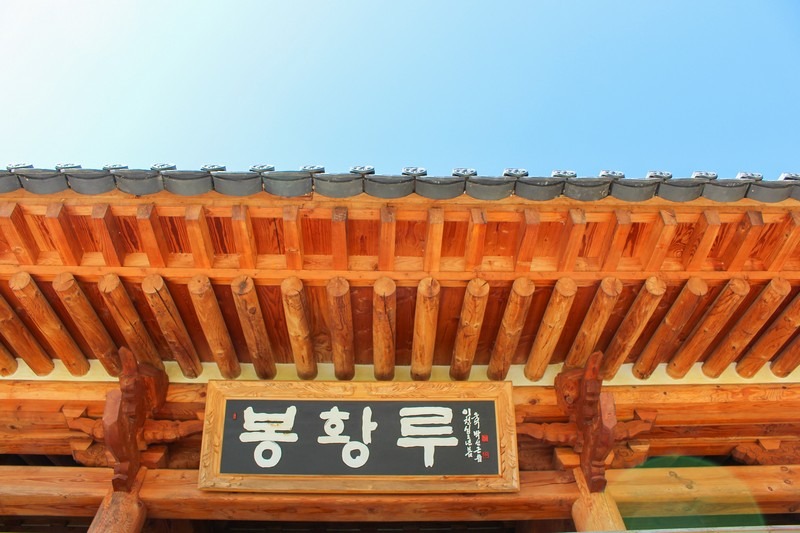

Bonghwangnu Observatory
This observatory stop just inside of the entrance provides a view out over Damyancheon Stream and the metasequoia lined lane that’s next to it. There is a small cafe on the first floor if you want to get a drink from the start and a room to play a piano… randomly, which we did.
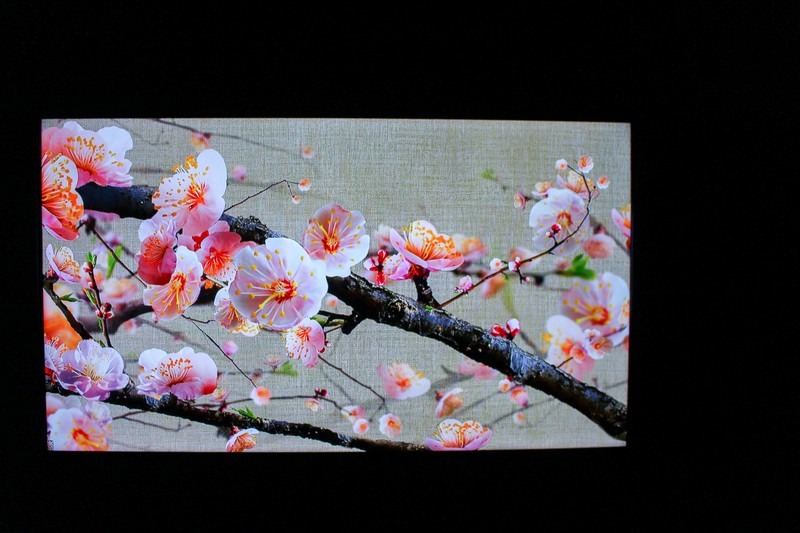
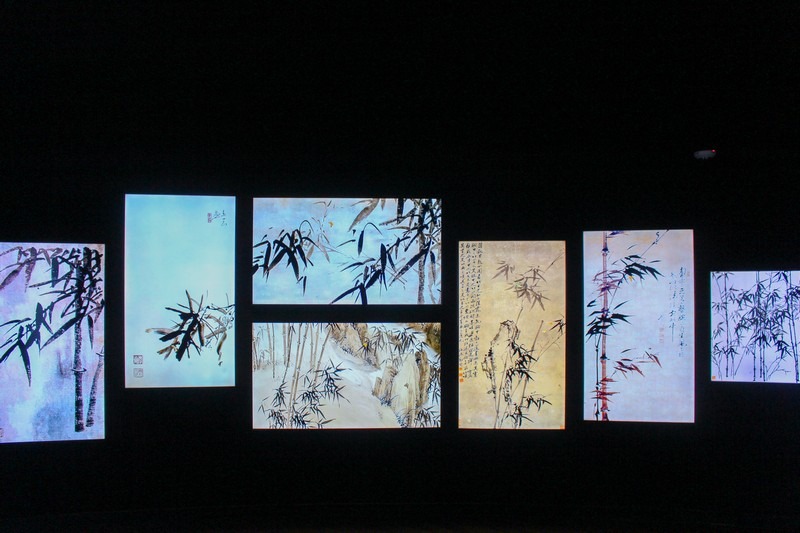
Lee Lee Nam Media Art Center
This small gallery which takes less than 20 minutes to move through can be found fairly close to the entrance where Old Friend’s Trail and Good Luck Road meet the second time. Featuring the works of media artist Lee Yi Nam, the videos reflect the Damyang bamboo forest throughout the different seasons.
There are interactive media works as well as a cafe on the first floor (though you enter from the second floor). We didn’t want to stop into the cafe since we’d really just started the adventure into the park but did check out the interactive media a bit.
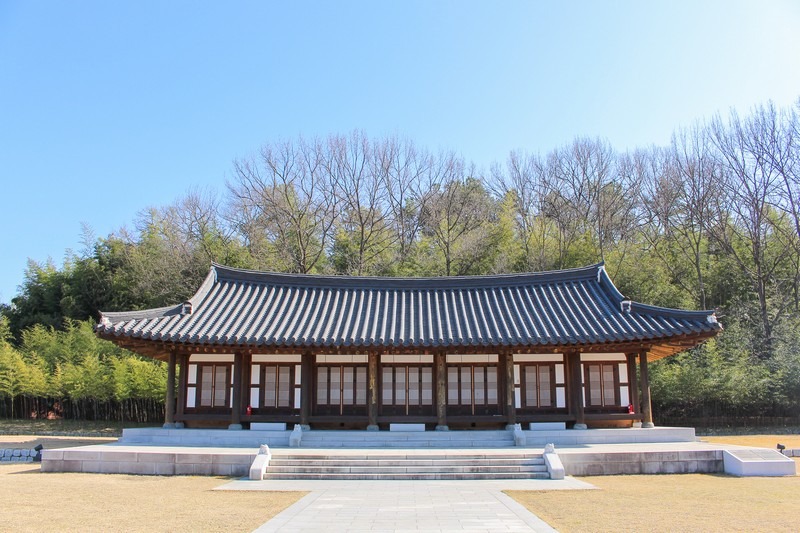
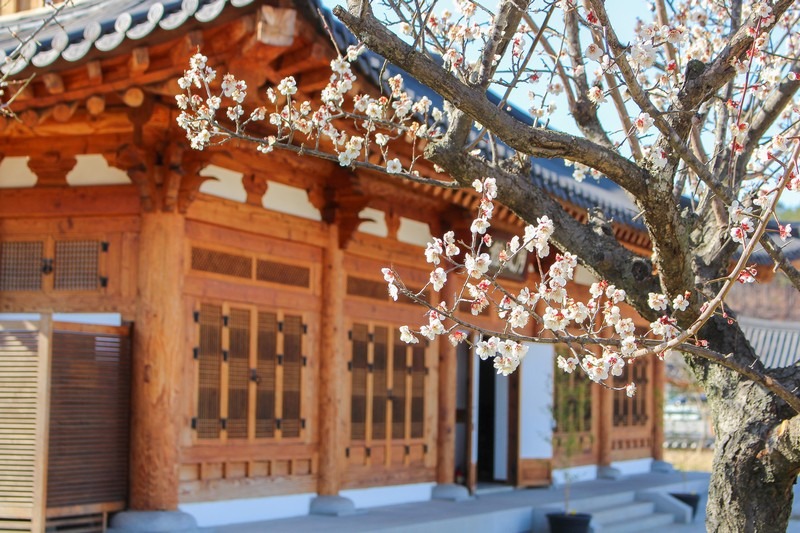
Siga Culture Village
Damyang is the home of numerous writers including Song Soon, Song Gang Jeong Cheol and Seokcheon Im Eok Ryeong who were all famous from the Joseon period in Korea. The Siga Culture Village allows visitors to appreciate their works as well as stop into tea rooms and have other experiences. You can walk throughout the buildings, and into a park with sculptures, around a stream, and visit various memorial buildings and other historic sites.
We stopped into the Hanok Cafe that is in this area for a drink and rest before rather quickly walking around the buildings to get back up to the bamboo forest. You could spend quite a few hours walking through the Damyang Bamboo Forest and at this point we’d spent three hours here which was longer than I expected.
Remember that we have a five year old so if you don’t, you’d likely spend substantially less time. Small legs, longer walks. It is really much larger than I expected so had I known I would have given us more time here to check out the buildings a bit more. But as it is, we saw the exterior, caught some spring blossoms, and then headed back up to find the exit and continue our road trip through Jeolla.
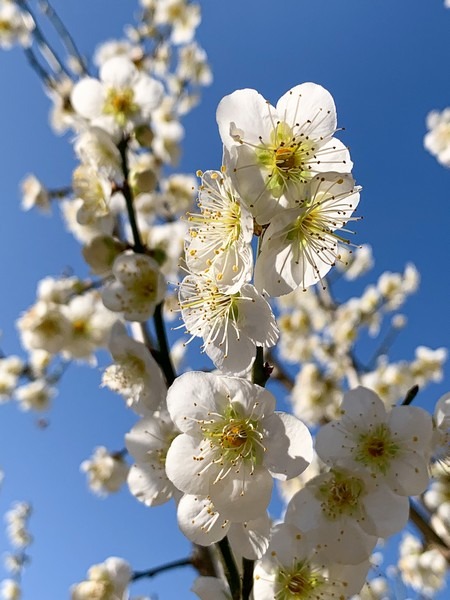
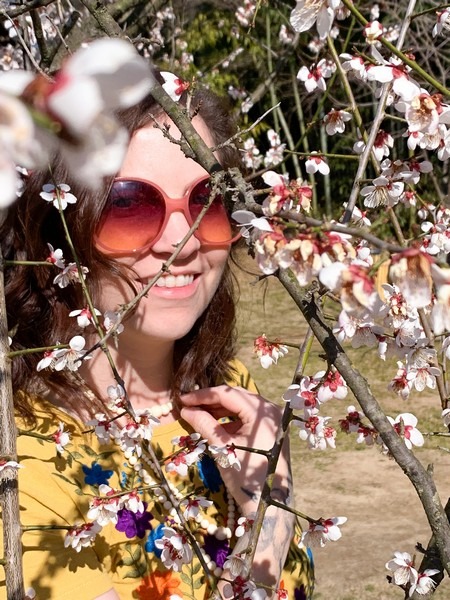
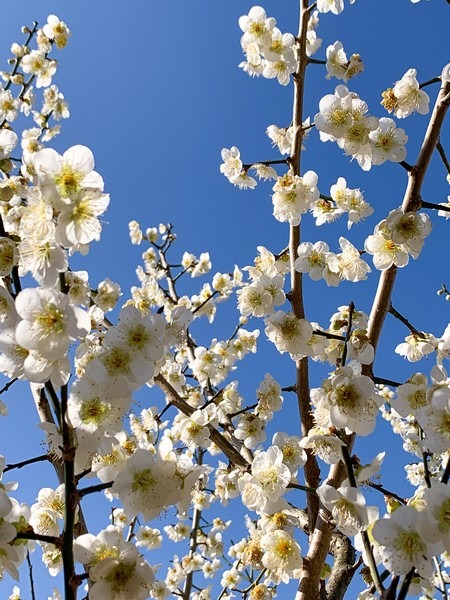
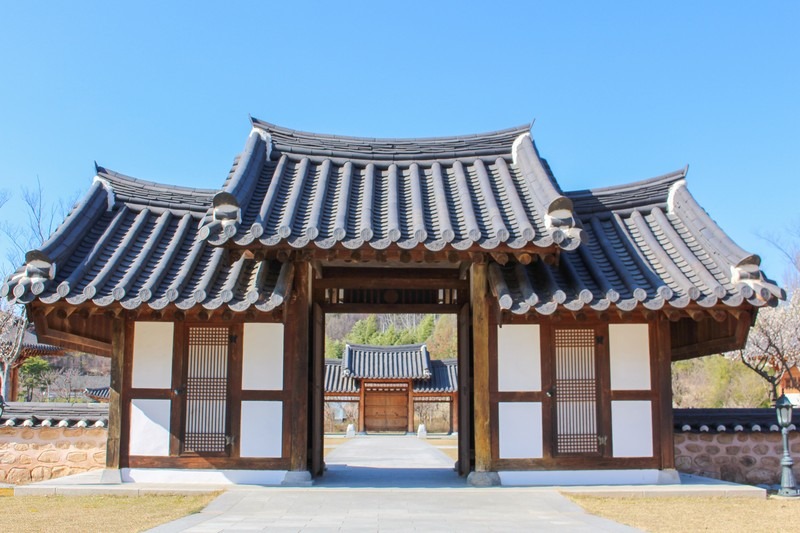
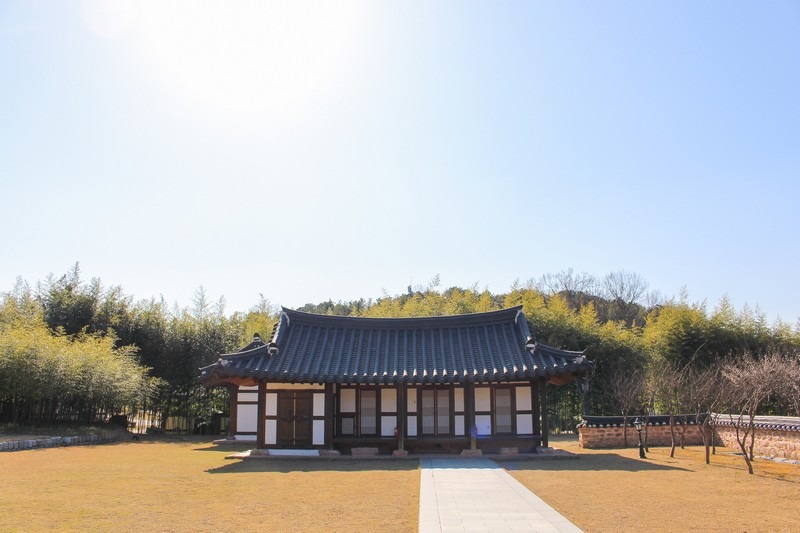
Did You Know
- Bamboo absorbs four times more CO2 than pine trees.
- Bamboo trees can help you relieve stress, relax muscles, soothe your mind and increase happiness while also improving brain function.
- Bamboo produces two times more phytoncides than cypress. Phytoncides are natural substances that trees produce to keep pests and microbes away. They not only have a sterilizing effect, but also help intestinal and cardiovascular function.
- Wangdae, Somdae, and Juksundae are the three species of bamboo that are cultivated in Korea and differ in how tall they grow. Wangdae bamboos are the tallest and can grow to between 10 and 30 meters tall with a diameter of 5 to 13 centimeters. Somdae trees can grow to between 10 and 15 meters tall and have a diameter of 3 to 10 centimeters. And Juksundae trees can grow to between 10 and 12 meters tall and have a diameter of 20 centimeters.
- Bamboo can even be used to produce an amazing fabric with micro-gaps which helps with ventilation and traps the cool air when it’s hot and the hot air when it’s cool and is 40% more absorbent that cotton. Raph&Remy is producing some high quality and sustainable baby clothing and products with bamboo right now!
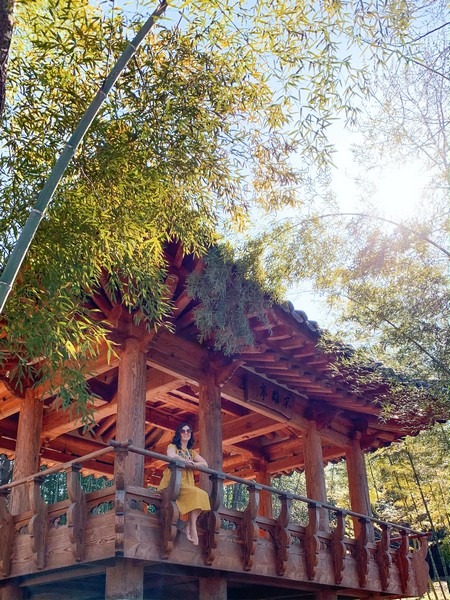
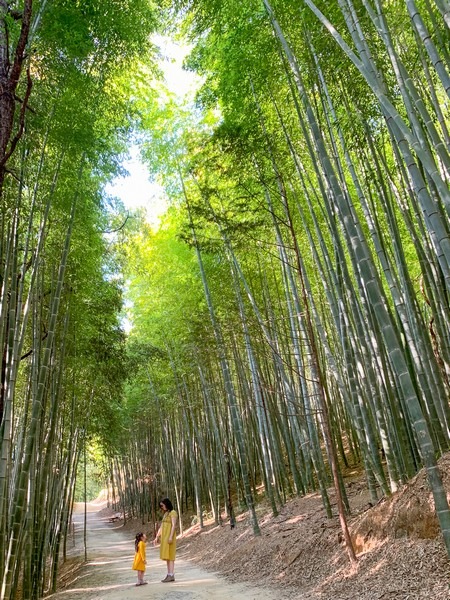
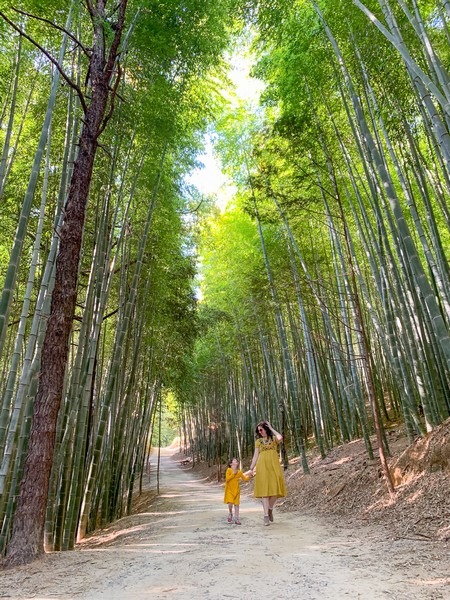
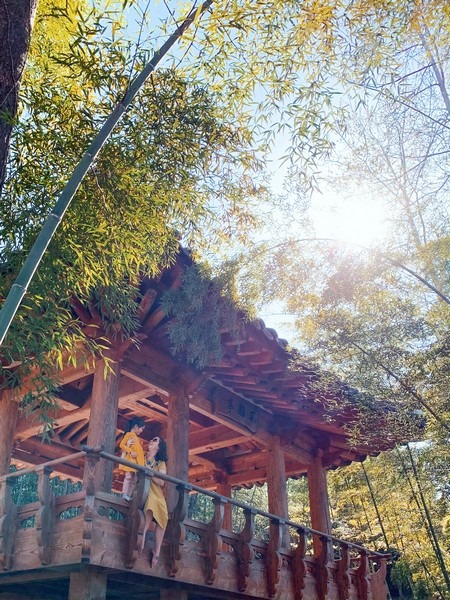
What To Eat
Damyang is known for a specialty called daenamutongbab or daetongbab. Daenamu is bamboo and bab is rice so basically, this is a rice steamed in a bamboo stem dish which is usually accompanied by tteokgalbi, marinated beef patties, and lots of other side dishes. We weren’t hungry when we visited because we’d just had lunch, but there are numerous restaurants that serve this near the entrance of Juknokwon so stop in to get the goods.
We did need a little refresher and got the must try bamboo ice cream though. How can you not? The flavor is lighter than the green tea ice cream that is everywhere and was rather nice. You can get it both outside and inside the park.
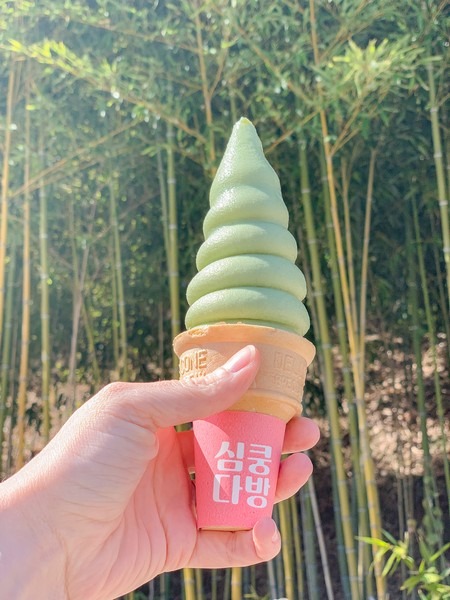
Did you like this post? Pin It!
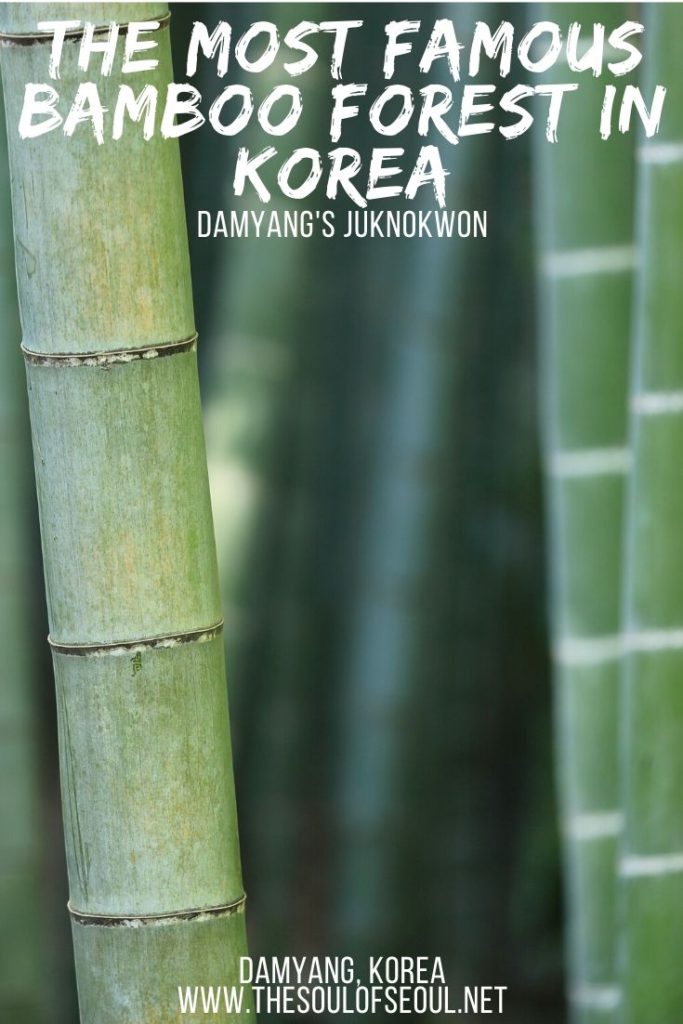
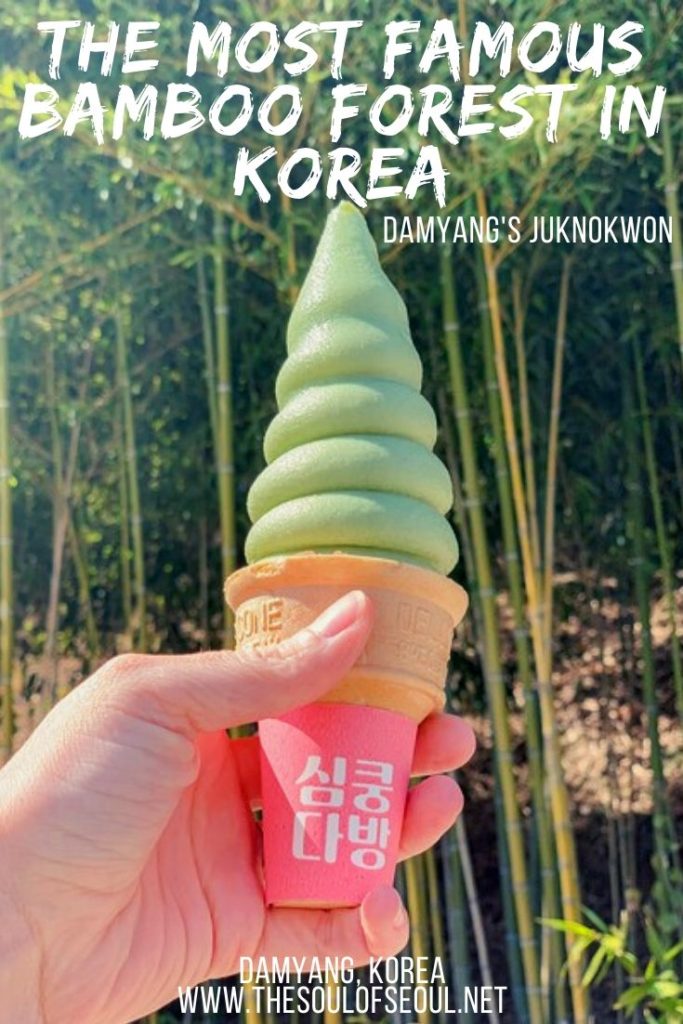
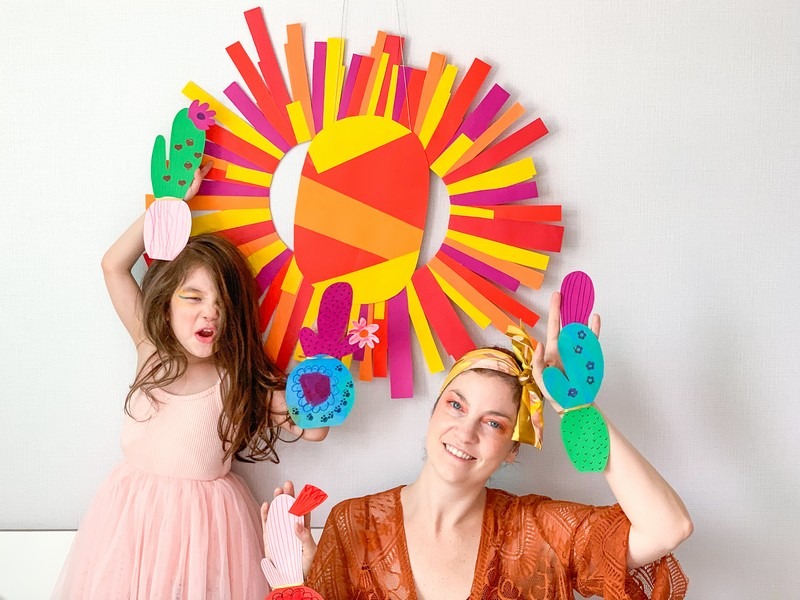
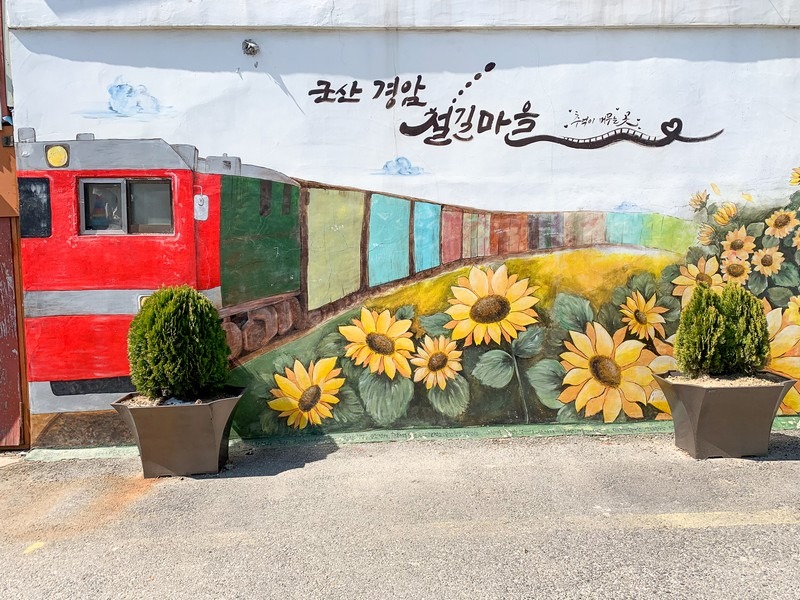
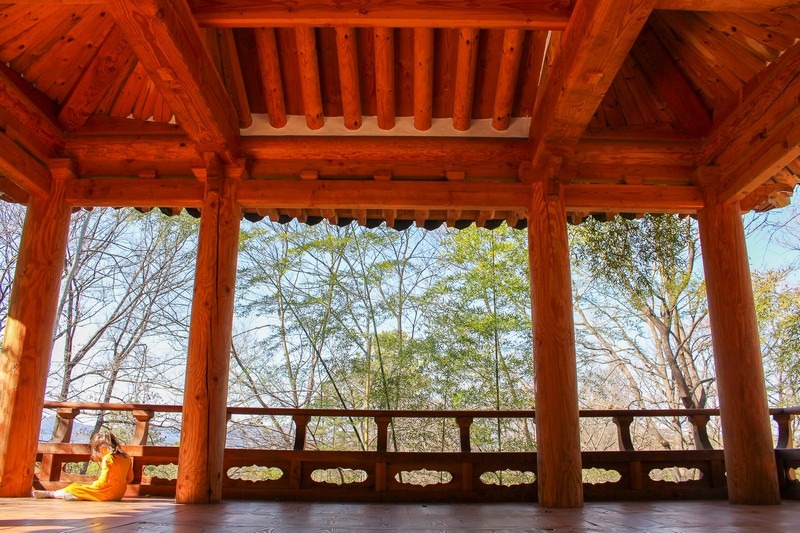
3 Comments
George Klales
My wife and I have been looking forward to a trip to Korea this coming October. She would like to see the bamboo forest since we’ve been watching “The King”. I’m looking forward to getting your newsletter. I speak enough korean to get around to the more off-track sights and places. (Peace Corps 1971-74) Any suggestions you may have are more than welcomed. I hope the virus doesn’t keep us from going.
Hallie Bradley
I hope you can get over here! Definitely check out this bamboo forest. It’s beautiful and near some other great sites so it’s a great little trip out of Seoul. The Taehwagang Bamboo Forest is also really stunning if you’re looking for another one to look into.
Mishele C. limbaga
i love damyang-juknokwon-bamboo-forest, hope to visit this place soon.